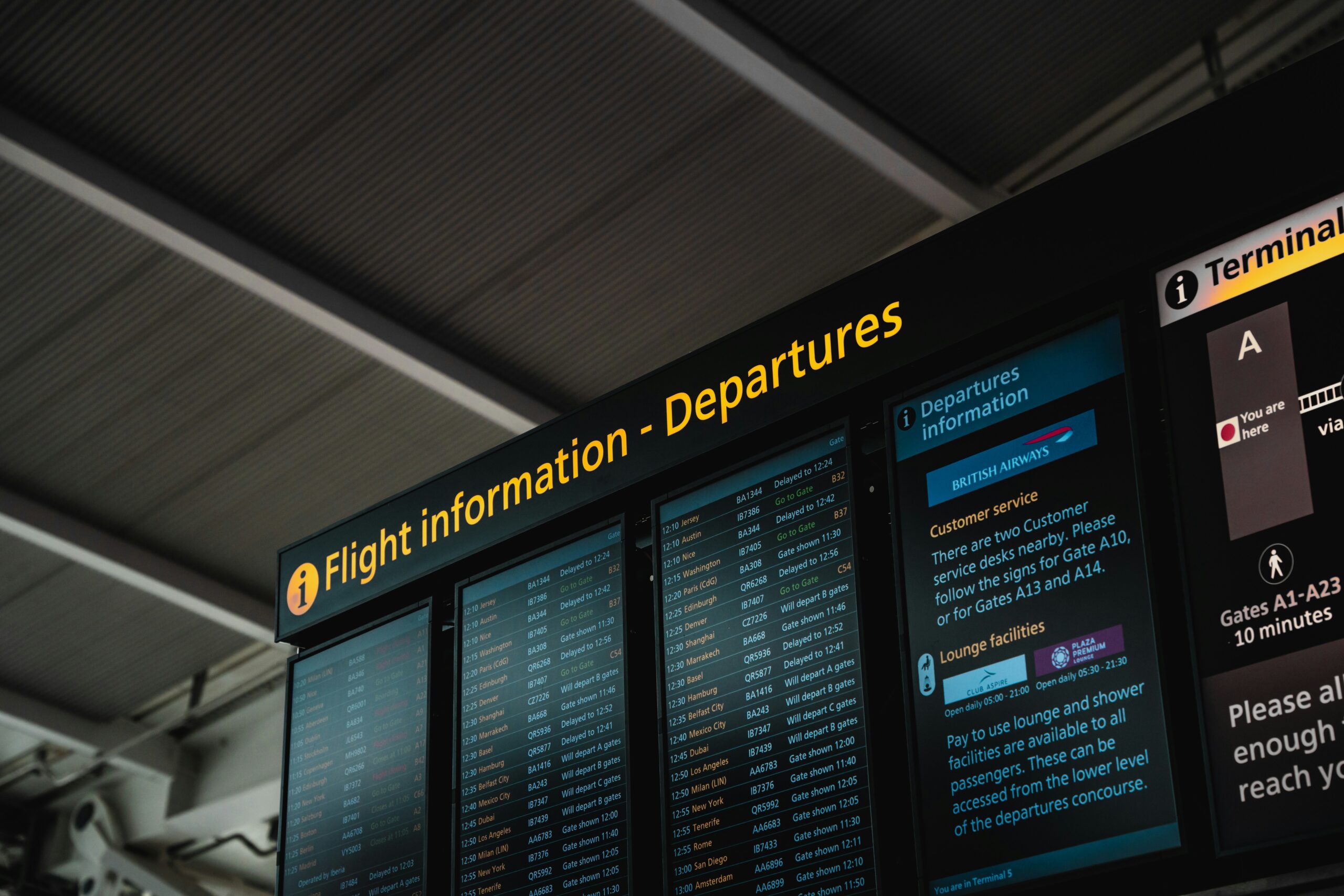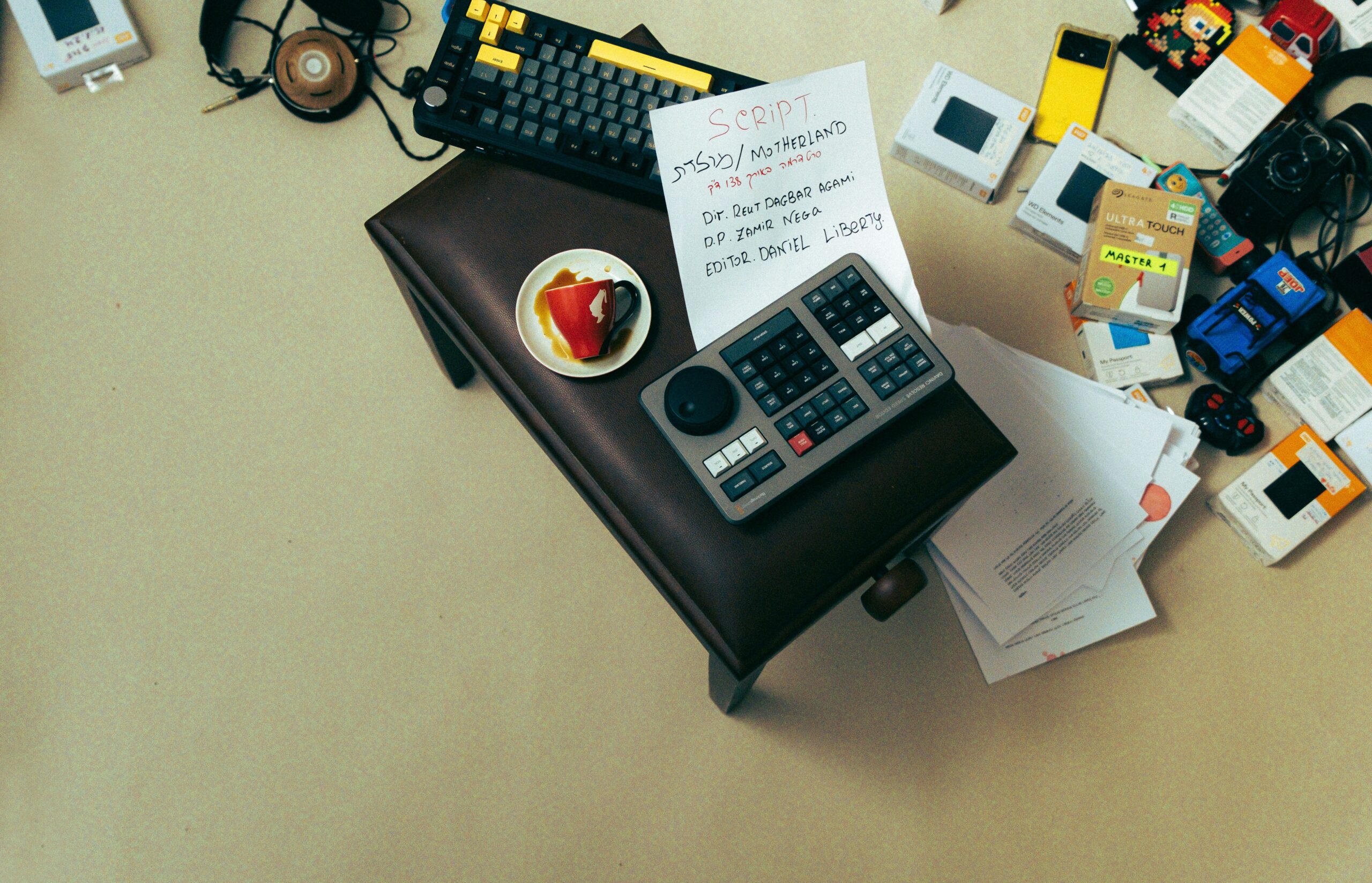“Ever been stuck in an airport terminal for hours, wondering how you’ll afford that emergency toothbrush or a change of clothes? Yeah, baggage delays are no joke. But here’s the kicker—what if I told you keeping expense documentation could save your sanity (and wallet)?”
Baggage delay insurance offers a financial lifeline when suitcases go rogue, but claiming it requires something many travelers overlook: meticulous documentation of all expenses incurred. In this post, we’ll break down Expense Documentation Tips to ensure you’re fully reimbursed without headaches. We’ll cover:
- The sneaky mistakes I made during my first baggage delay disaster.
- Actionable steps to document every penny spent.
- Real examples from folks who did it right—and wrong.
Table of Contents
- Key Takeaways
- Why Documenting Expenses Matters
- Step-by-Step Guide to Expense Documentation
- Best Practices for Seamless Reimbursements
- Examples & Case Studies
- Frequently Asked Questions
🔑 Key Takeaways
- Bullet-proof receipts are your golden ticket for baggage delay claims.
- Track even “small” purchases like snacks; they add up!
- Use digital apps to back up physical receipts instantly.
- Failing to document is failing to recover costs—simple as that.
🧐 Why Documenting Expenses Matters

Picture this: You’ve just landed after an 8-hour flight, eager to hit the beach. Then, disaster strikes—you’re informed your bag didn’t make it. Your insurer promises coverage for essentials, but what happens next? Spoiler alert: They won’t take your word for it.
I once lost my luggage en route to Barcelona. Desperate, I bought toiletries, clothes, and even a charger at random shops. Problem was, I shoved receipts into pockets, only to lose half of them by checkout day. My total eligible claim? Barely $100 of the actual $450 I spent. *Oof.*
This isn’t just my story—it’s common. A shocking 67% of claims face partial payment or outright rejection due solely to sloppy documentation. Yikes.
Here’s why documenting properly matters:
- Evidence Rules: Insurers need proof—not assumptions—to reimburse you.
- Maximized Payouts: Every receipt adds value to your claim.
- Stress Reduction: Having everything organized saves time arguing over missed filings.
📝 Step-by-Step Guide to Expense Documentation
Optimist You: “Let’s get those dollars back!”
Grumpy You: “Ugh, fine—but only if coffee’s involved.”
Step 1: Start Immediately
As soon as you realize your bag isn’t arriving with you, grab a notebook or open Notes on your phone. List EVERYTHING purchased related to replacing lost items. Even trivial buys count—yes, that $5 granola bar counts too.
Step 2: Keep All Receipts Physically and Digitally
Save receipts in one place—a zippered pocket works wonders. For extra safety, snap clear photos of each receipt using your phone. Apps like Shoeboxed or Expensify can help store and categorize these digitally. Bonus points for labeling scans with purchase dates and purposes.
Step 3: Track Dates and Locations
Details matter! Write down exactly when and where each item was purchased. This helps insurers verify authenticity and match receipts against your travel timeline.
Step 4: Organize Into Categories
Divide receipts into categories like Clothing, Toiletries, Electronics, etc., before submission. Trust me—it makes reviewers’ jobs easier and speeds up processing times.
🏆 Best Practices for Seamless Reimbursements
No judgment zone ahead—here’s the lowdown on making your life easier:
- Avoid Cash Purchases: Credit cards leave transaction trails, unlike cash transactions.
- Nail Your Narrative: Include notes explaining each purchase’s necessity (e.g., “Bought socks because none were available”).
- Double-Check Before Submitting: Missing info means rejected claims!
![]()
💡 Examples & Case Studies
Case Study #1: Sarah T., Chicago traveler stranded sans suitcase, submitted over 50 detailed receipts across five days. Outcome? Full reimbursement within two weeks. Lesson learned? Meticulousness pays off.
Cautionary Tale: Mark R. tried claiming $700 worth of replacements…with zero supporting documents. Denied flat-out. Moral of the story? Document or forfeit.
❓ Frequently Asked Questions
Q: Can I submit copies of receipts?
A: Absolutely! Digital copies are generally accepted, provided they’re legible.
Q: What happens if I lose a receipt?
A: Try contacting the merchant for duplicates. Some insurers accept affidavits confirming lost originals.
Q: Is there a spending cap per item?
A: Check your policy details—most limit individual items to ~$100-$200 max.
🎯 Recap: Master Those Expense Documentation Tips
Remember our mantra: Track early, track often. Whether jotting down dates, scanning receipts, or categorizing expenses, staying organized ensures maximum payouts. Ignore these tips? Good luck convincing your insurer otherwise.
So grab that organizing app—or your old-school notebook—and start tracking smarter today. And remember…
Like a Tamagotchi, your insurance claim needs daily care.


